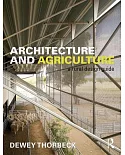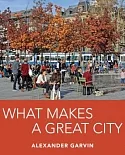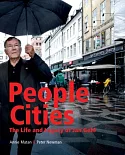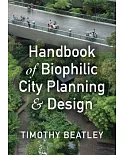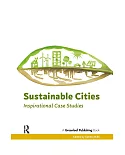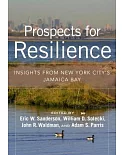Containing the proceedings of the latest in a series of conferences on the emerging topic of eco-architecture, this book presents the newest research in the field. Eco-architecture requires
that buildings be in harmony with nature, including their immediate environs. Locations, siting and orientation, as well as the materials used, should be chosen based on ecological
appropriateness. Practitioners make every effort to minimize the use of energy at each stage of a building's life cycle, including that embodied in the extraction and/or fabrication as well as
the transportation of the materials used and their assembly into the building. There is even consideration given to the ease and value of changing use of a building and component recycling when
the building's life is over. Designers may also carefully control the energy required for building maintenance, not to mention lighting, heating and cooling, especially when the energy consumed
is related to greenhouse gas emissions. Passive energy systems such as natural ventilation, summer shading and winter solar heat gain also play a role, as do alternative sources of energy for
heat and electricity, e.g. solar and wind power.Papers presented cover topics such as: Ecological and cultural sensitivity; Design by passive systems ; Life cycle assessment; Quantifying
sustainability in architecture; Resource and rehabilitation; Building technologies; Ecological impact of materials; Durability of materials; Adapted reuse ; Carbon neutral design ; Education
and training; Case studies; New architecture frontiers; Art and kraft; Quality in architecture; Temporary architecture; Selection.







